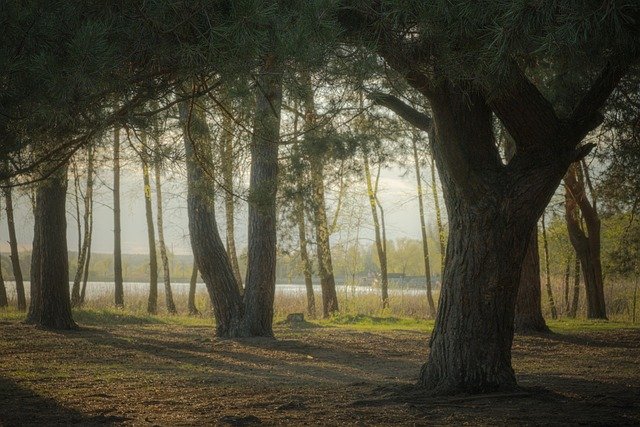**Title: "The Evolution of Storytelling in Video Games

The Secret Lives of Urban Wildlife
Urban areas are often thought of as concrete jungles, bustling with human activity and devoid of nature. However, beneath the surface of our cities lies a vibrant ecosystem teeming with wildlife. From raccoons rummaging through trash bins to hawks soaring above skyscrapers, urban wildlife has adapted in remarkable ways to thrive in our human-dominated landscapes.
The Adaptability of Urban Wildlife
One of the most fascinating aspects of urban wildlife is their ability to adapt to new environments. Animals that once thrived in rural settings have found ways to coexist with humans. Here are a few examples:
Raccoons: Known for their intelligence and dexterity, raccoons have become experts at navigating urban environments. They often forage for food in garbage cans and are known to open latches and doors.
Pigeons: Once wild birds, pigeons have become synonymous with city life. They thrive on the abundant food sources found in urban areas and have developed a close relationship with humans.
Coyotes: These adaptable predators have made their way into cities, often seen roaming parks and neighborhoods. Their presence can help control populations of smaller animals, such as rodents.
The Importance of Urban Wildlife
Urban wildlife plays a crucial role in maintaining ecological balance. They contribute to pest control, pollination, and seed dispersal. Moreover, they provide valuable opportunities for education and research. Observing wildlife can foster a greater appreciation for nature and encourage conservation efforts.
Benefits of Urban Wildlife:
- Biodiversity: Urban wildlife contributes to the overall biodiversity of an area, creating a more resilient ecosystem.
- Mental Health: Studies show that spending time in nature, even in urban settings, can reduce stress and improve mental well-being.
- Education: Urban wildlife offers unique opportunities for citizens, especially children, to learn about nature and ecology.
Creating a Wildlife-Friendly City
As urbanization continues, it is essential to find ways to coexist with wildlife. Here are some tips for creating a wildlife-friendly environment:
- Native Plants: Plant native flowers and shrubs to provide food and shelter for local wildlife.
- Wildlife Corridors: Advocate for the creation of green spaces and wildlife corridors that allow animals to move safely through urban areas.
- Reduce Pollution: Support initiatives that aim to reduce pollution and create cleaner habitats for wildlife.
Conclusion
The secret lives of urban wildlife remind us that nature is resilient and adaptable. By understanding and appreciating the wildlife that shares our cities, we can create a more harmonious coexistence. Let’s celebrate the hidden lives of urban animals and work together to protect their habitats for future generations.
Feel free to share your own experiences or observations of urban wildlife in the comments below! 🦉🌳

All images are taken from the Pixabay.com